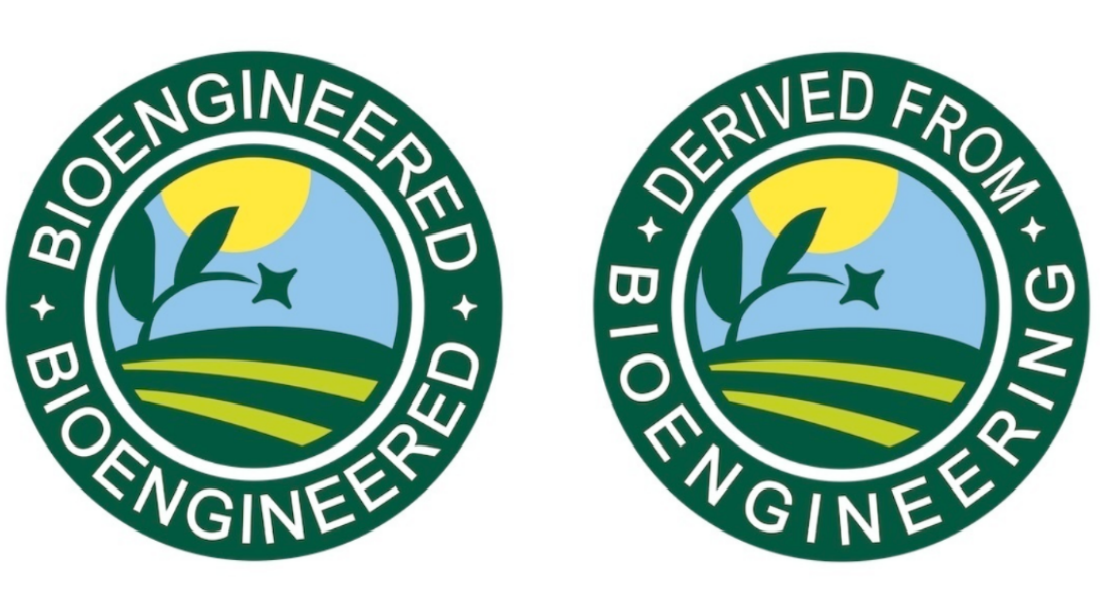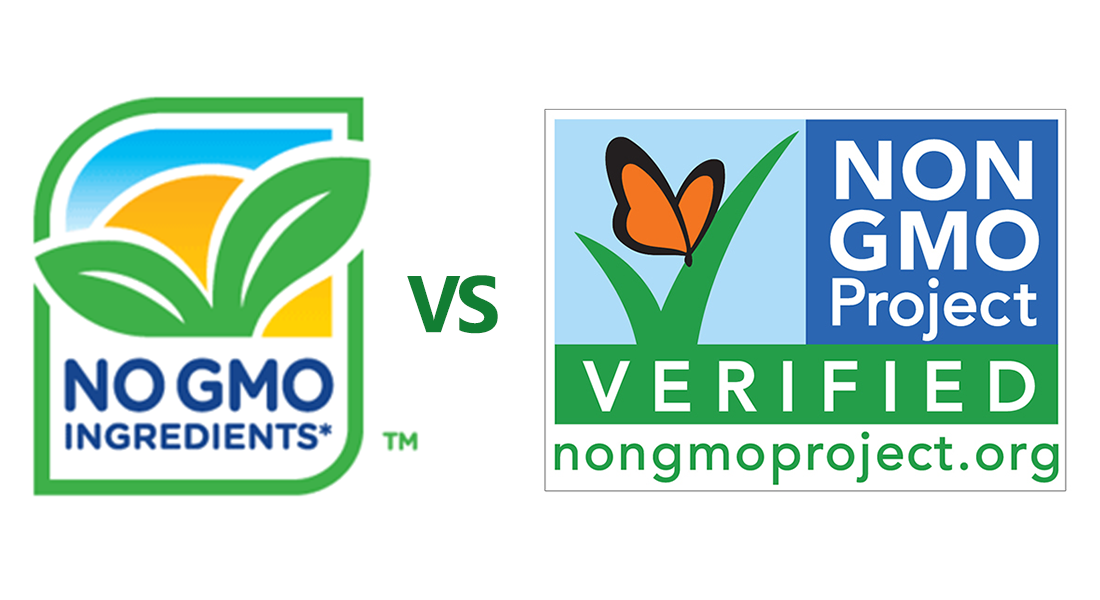Few issues have been as polarizing within the food and beverage industry as the use of genetically modified organisms, or GMOs, as they’re commonly called. Even today, as most scientists maintain that GMO foods are safe to eat, consumers remain highly skeptical.
When people talk about GMOs, they’re usually referring to genetically engineered crops. The World Health Organization (WHO) defines GMOs as, “[plants, animals or microorganisms] in which the genetic material (DNA) has been altered in a way that does not occur naturally by mating and/or natural recombination.”
Scientists use genetic engineering for a variety of purposes, including as an alternative to the traditional process of selective breeding. Some genetically modified crops have also been engineered for resistance to pathogens and herbicides and for better nutrient profiles. Other crops have been modified to withstand pests.
In the US, it’s nearly impossible to avoid consuming GMOs. The Grocery Manufacturers Association estimates that around 70 to 80 percent of the food consumed in America contains genetically engineered ingredients.
Although 90 percent of the members of the American Association for the Advancement of Science believe GMOs are safe to eat, public opinion remains heavily split. Nearly half (46 percent) of Americans surveyed by the Hartman group said they avoided products with GMOs.
Consumer avoidance of GMO foods has grown significantly over the past few years. When Hartman asked 11 years ago, only 15 percent of those surveyed said they avoid them. The proportion has increased in every subsequent survey, nearly tripling to 46 percent in 2018.
The public is also sending a clear message to companies in what products they’re buying. There’s been a significant rise in the market of non-GMO certified products, which was worth $348.8 million in 2010 but has since grown to $26 billion in 2018, according to the Non-GMO Project.
Two-thirds of respondents to Hartman’s survey believe GMO labeling should be mandatory, and two in five say they would be more likely to buy products that contained them if a food company was up front about explaining why they use them.
Concern about the impact of GMO ingredients on human health tops the list of reasons Hartman survey respondents gave for avoiding or reducing their intake of foods containing them, with 70 percent of the response. A desire for food ingredient transparency is what inspired 40 percent of respondents to avoid GMOs. Concerns about the environmental impact of GMO crops were cited by 34 percent of the Hartman sample as reasons for avoiding or reducing GMO consumption.
After years of consumer groups demanding more labeling transparency from manufacturers, on December 20, 2018 the US Department of Agriculture (USDA) ruled that food companies must label products containing genetically engineered ingredients by 2022. This ruling was a win for manufacturers who had pushed for more time before disclosing use of the controversial crops.
Some consumer groups have criticized the ruling, debating if the labeling will be clear enough for consumers to understand, as the labels will use the term “bioengineered” or “BE” in place of the much more familiar “GMO.” Companies will also have the option to use QR codes in place of on-package disclosure.
In addition, not every genetically modified ingredient will be subject to this law. For example, ultra-refined ingredients like corn syrup aren’t included in the list because they’re so processed that they don’t contain genetic material. Animal or animal byproducts that were fed genetically engineered food are also excluded from the list.
While its unlikely there will be a public consensus on the safety of genetic engineering anytime soon, its clear that consumer awareness of GMOs has greatly intensified in the past ten years as more and more shoppers demand GMO transparency when it comes to the products they’re willing to purchase and consume.












Join or login to leave a comment
JOIN LOGIN